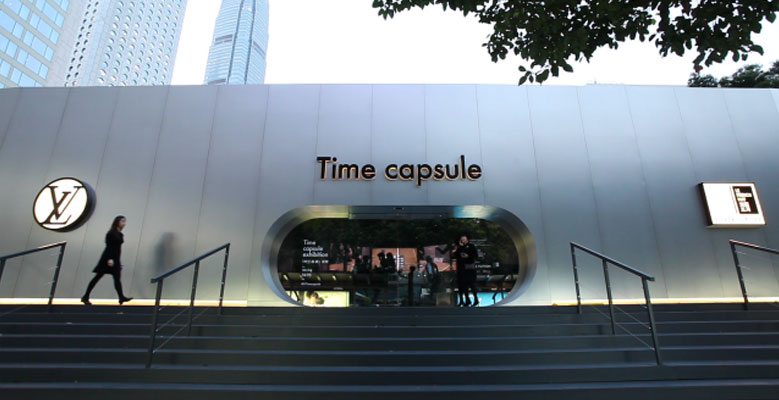“Time Capsule”, a new exhibition on display in Hong Kong this month, tells the story of Louis Vuitton using a hand-picked selection of objects and documents from it’s archives, covering over 200 years. It shows the ways in which Louis Vuitton has always excelled at anticipating the needs and desires presented by technological progress, and responded with imaginative and ingenious new creations. Antique works are placed alongside more contemporary pieces to highlight the House’s ongoing commitment to constant innovation.
In this way, the evolution of Louis Vuitton is presented as a timeline of landmark moments, focusing on five key aspects of the House: the codes of the brand; journeys around the world; elegance and beauty in motion; its most iconic pieces; and, in conclusion, a celebration of Louis Vuitton’s past and present links with Hong Kong.
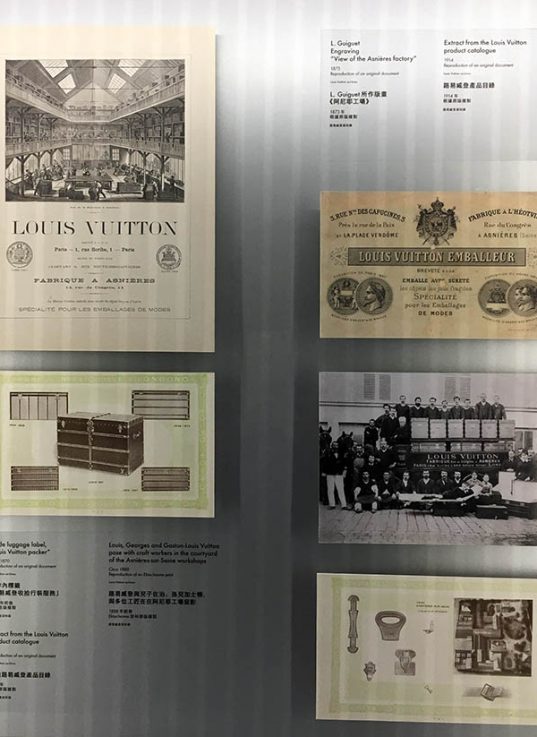
THE KEY TO THE CODES OF THE BRAND
This exhibition presents a timeline of key moments int he history of Louis Vuitton and traces the continual reinvention of the House’s distinctive code. Louis Vuitton’s first success was its sturdy, innovated traveling trund, from which the cods of the House have since emerged. These include the hardware – the metal components that protect the corners of each trunk, the impregnable multi-tumbler lock and the metal straps reinforcing the frame; the materials – the durable coated canvas and refined leathers; and the inimitable patterns that decorated them – the Damier and the Monogram, as well as the Malletage, originally used to line the trunks. These signature elements came to stand for the meticulousness with which the trunks were crafted – like every bag that would later bear the Louis Vuitton name.
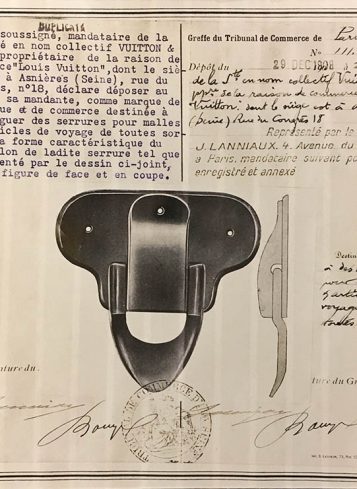
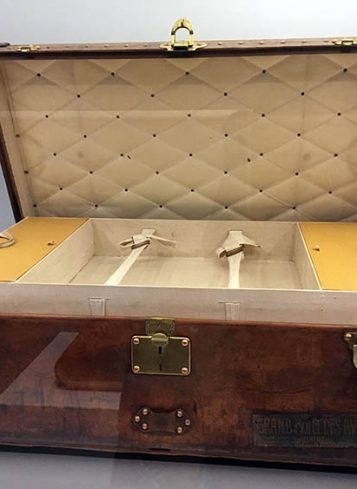
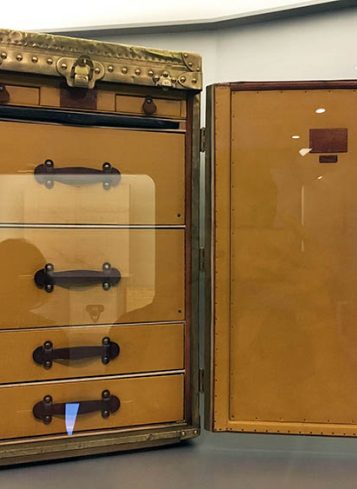

The first Louis Vuitton trunks introduced, like the Mail Trunk in grey Trianon canvas, were made with canvas because it’s such a wearable material, and painted with oil paint to keep them water resistant. The Vuitton trunk was a very successful design and was popular among the upper society, as it was the first trunk to have a flat top and bottom, so as to be stackable and more easily transported. Previously trunks of the day featured rounded tops to facilitate water run-off.
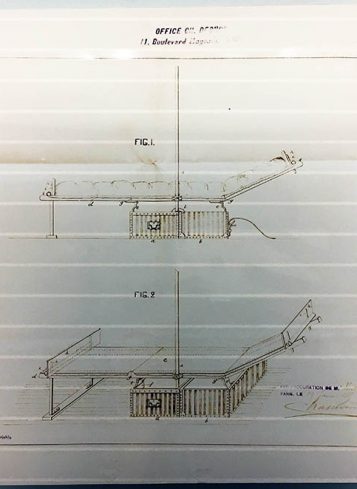
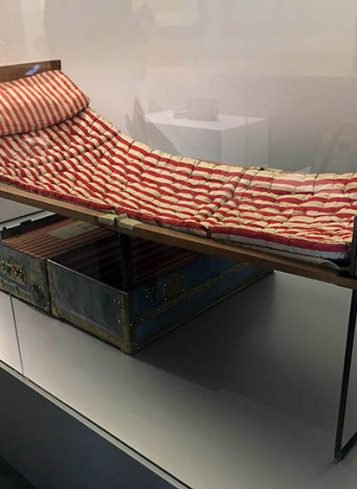
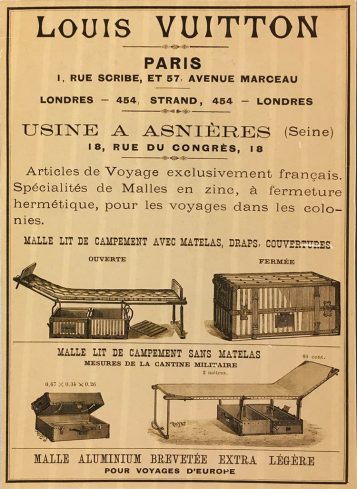
Pattern wise, it then developed into The Rayée Canvas, 1872, to protect against imitation. This pattern was used until the introduction of the Damier canvas, which was introduced to further avoid imitation of his look. When Louis Vuitton died in 1892, the business was passed to his son, Georges Vuitton, who introduced the signature LV monogram canvas in 1896. The monogram’s symbols, namely the graphic flower and quatrefoil, echo the Oriental design trend of the late Victorian era.

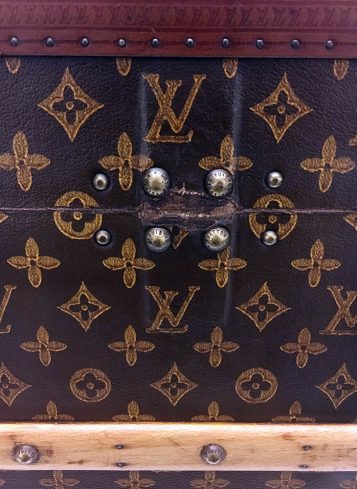
THE GREAT JOURNEY AROUND THE WORLD
Across three centuries, Louis Vuitton has continued to meet the challenges presented by new forms of transport with ingenious and elegant solutions. After creating trunks for rail travel, Louis Vuitton anticipated the development of the motor car and unveiled the first prototype of its Car Trunk, in 1897; accessories and luggage followed, including the Roof Trunk and the Driver’s Bag. Steamer ships heralded transoceanic travel, inspiring Louis Vuitton to create the Steamer Bad, which could be stowed within a wardrobe trunk compartment, and the Cabin Trunk, slim enough to fit beneath a bunk. Air travel saw the arrival of the Aéro Trunk and the Aviette, engineered to carry the maximum amount of clothing at the lowest possible weight. Louis Vuitton continues to research the new demands presented by travel, crafting increasingly lightweight luggage that is functional, flexible and still robust enough to withstand the rigours of moment around the world.
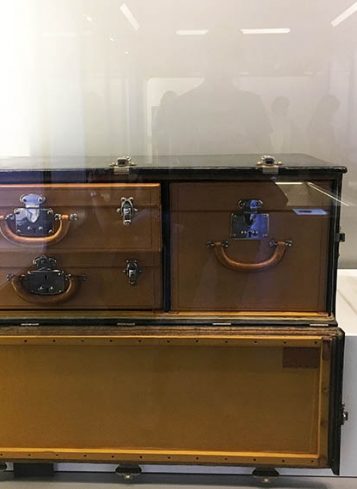
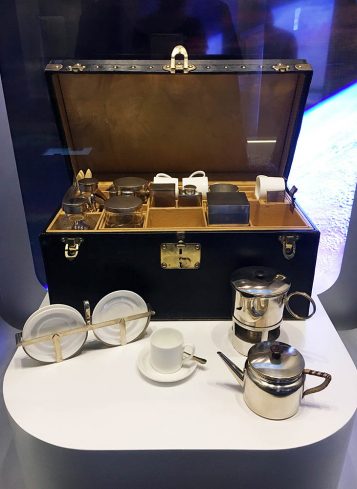
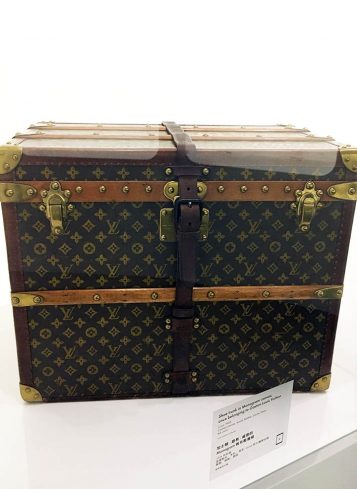

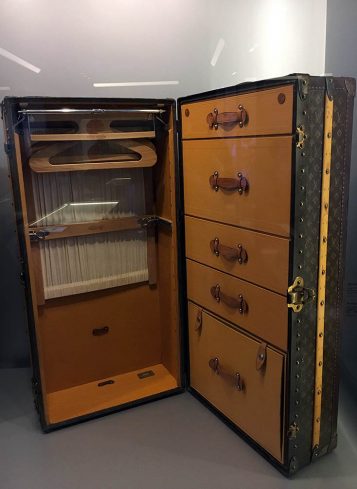
THE ICONS
Presented here is a selection of Louis Vuitton’s most memorable and emblematic creations. On their launch each became a ‘must-have’ item and they remain celebrated to this day: essential and unavoidable landmarks in the history of the House. Also included are successive interpretations of these iconic designs. Each piece speaks of its own era while fitting seamlessly within the recognisable language of the House, which continues to evolve as it applies its unique know-how to the challenges of a new age.
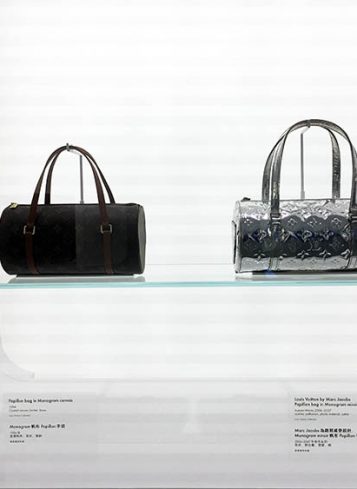
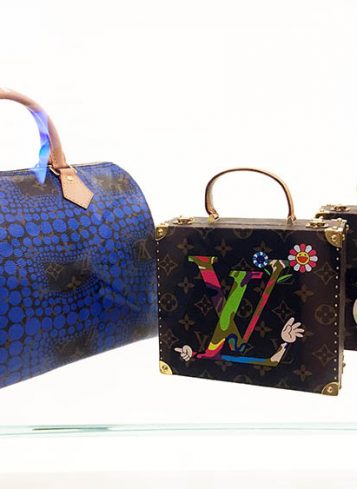
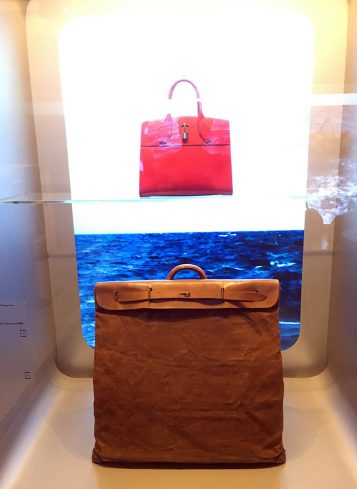
ELEGANCE IN MOTION
Louis Vuitton, the founder of the House, began his career as Empress Eugenie’s favourite embalmer, an expert in the art of packing. Today this skill remains at the heart of Louis Vuitton, whose luggage protects the most previous effects of the traveller. Here we are offered some insight into the lifestyles of the clients for whom Louis Vuitton has crafted custom-made times in the finest materials.
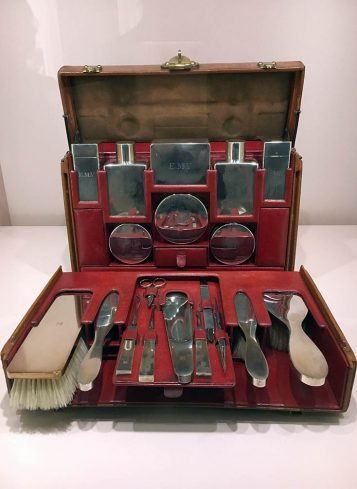
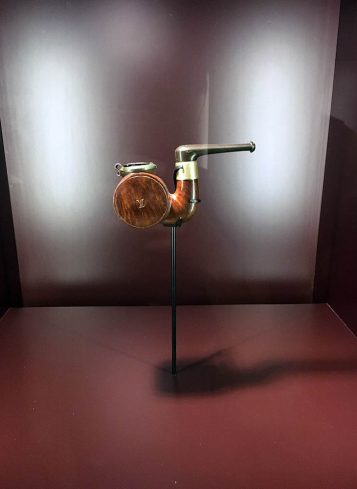
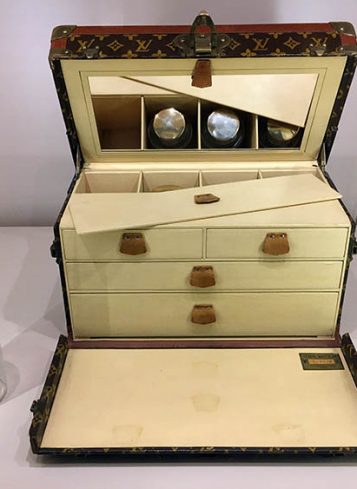
We also see how the know-how of the smaller is put to best use, ensuring that Louis Vuitton’s cases are a perfect fit for the goods they protect – be they bottles of whiskeys or of perfume, board games or makeup, jewellery or grooming tools. The art of making bags and cases is applied to the demands of a nomadic existence, fine-tuned to each individual’s specific requirements.
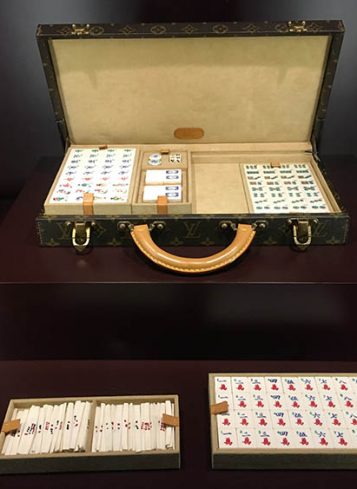
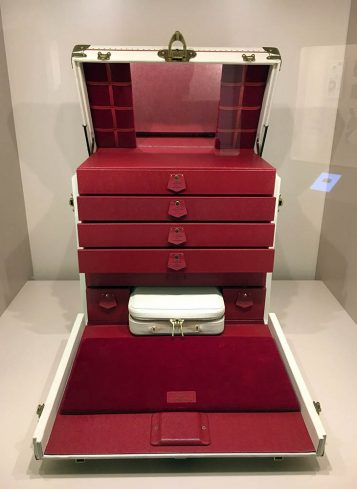
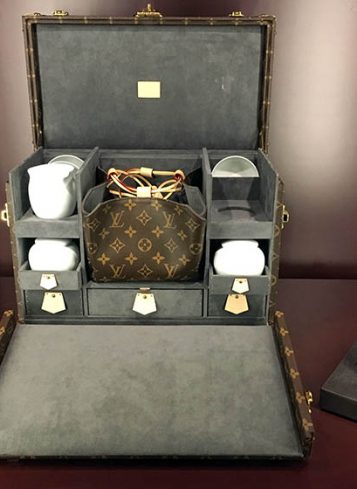
ARTISTS AND THE CITY
Louis Vuitton has always looked to blur and redefine the disciplines of art, architecture and design; and has repeatedly embraced the notions of innovation, collaboration and daring throughout the House’s history. In celebration of the 25th anniversary of Le French May, this room explores the cultural links that unite France and Hong Kong, as well, the relationship between Hong Kong and Louis Vuitton.
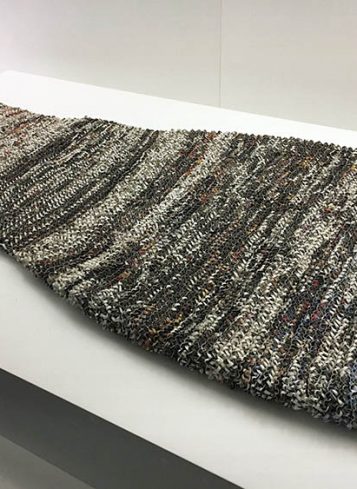
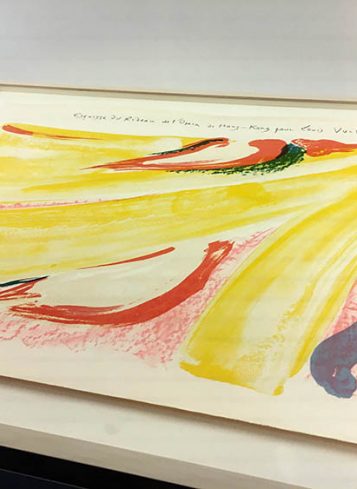
“Time Capsule” is on display 22 April – 14 May at Statue Square Gardens, Chater Road, Central. Admission is free to public

